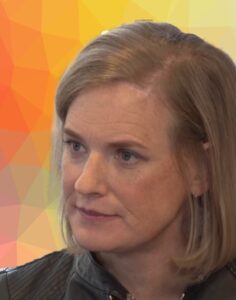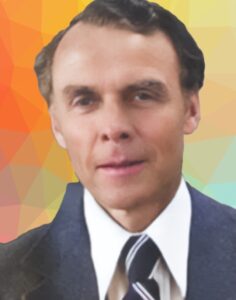Occupation
English mathematician, computer scientist, logician, cryptanalyst, philosopher and theoretical biologist
Birth/Death Dates
June 23, 1912 –June 7, 1954
Summary
Turing’s inventions were instrumental in defeating the Nazis during WWII. He devised techniques for speeding the breaking of German ciphers, including improvements to the pre-war Polish bomba method, an electromechanical machine that could find settings for the Enigma machine. Turing’s breakthroughs allowed the Allies to decode Nazi Germany’s coded communications. Turing designed the Automatic Computer Engine, one of the earliest computers, and contributed to innovations in philosophy, computer science, cognitive science, and artificial intelligence.
Educational Background
- University of Cambridge (BA, MA)
- Princeton University (PhD)
Struggles this Innovator Overcame
In 1952, Turing was prosecuted for homosexual acts and accepted hormone treatment as an alternative to prison. Decades later, in 2009, British Prime Minister Gordon Brown apologized publicly for how Turing was treated. Queen Elizabeth II granted him a pardon in 2013. The Alan Turing law, passed in 2017 in the UK, retroactively pardoned men convicted under historical legislation that outlawed homosexual acts.
Problems this Innovator Solved
Turing tackled the complex problem of cracking the German naval use of Enigma. He solved the essential part of the naval Enigma system, which was significantly more complicated than other systems. He also conceived the idea of a sequential statistical technique (later called sequential analysis) to assist in breaking the naval Enigma. His statistical technique could rule out specific Enigma sequences, substantially reducing the time needed to test settings and achieve the desired decryption of German naval communications, shortening the war by at least 2 years and saving at least 14 million lives.
How this innovator changed the world (or at least their corner of it)
During the Second World War, Turing was a leading participant in breaking German ciphers at Bletchley Park. He and Dilly Knox, a senior GC&CS codebreaker, concentrated on cryptanalysis of the Enigma cipher machine used by Nazi Germany.
Turing significantly contributed to philosophy, computer science, artificial intelligence, and cognitive science. A highlight of his career was the development of techniques that allowed the Allies to decode Nazi Germany’s secret communications and played a pivotal role in their World War II victory.
After the war, Turing designed the Automatic Computing Engine, an early design for a stored-program computer.
Lasting changes from this innovator’s work or how they trailblazed
Turing’s vital work in war technology and computers transformed the modern world and influenced the future of technology.
His extensive legacy includes statues and many things named for him, including the Turing Award, an annual award for computer science innovations. He is pictured on the current Bank of England £50 note, released on June 23, 2021, which would have been his birthday. The audience of a 2019 BBC television series voted him the greatest person of the 20th century for deciphering the Enigma machine and aiding the Allied victory in World War II.
https://en.wikipedia.org/wiki/Alan_Turing
https://en.wikipedia.org/wiki/Icons:_The_Greatest_Person_of_the_20th_Century
Written by Donna Abosch






